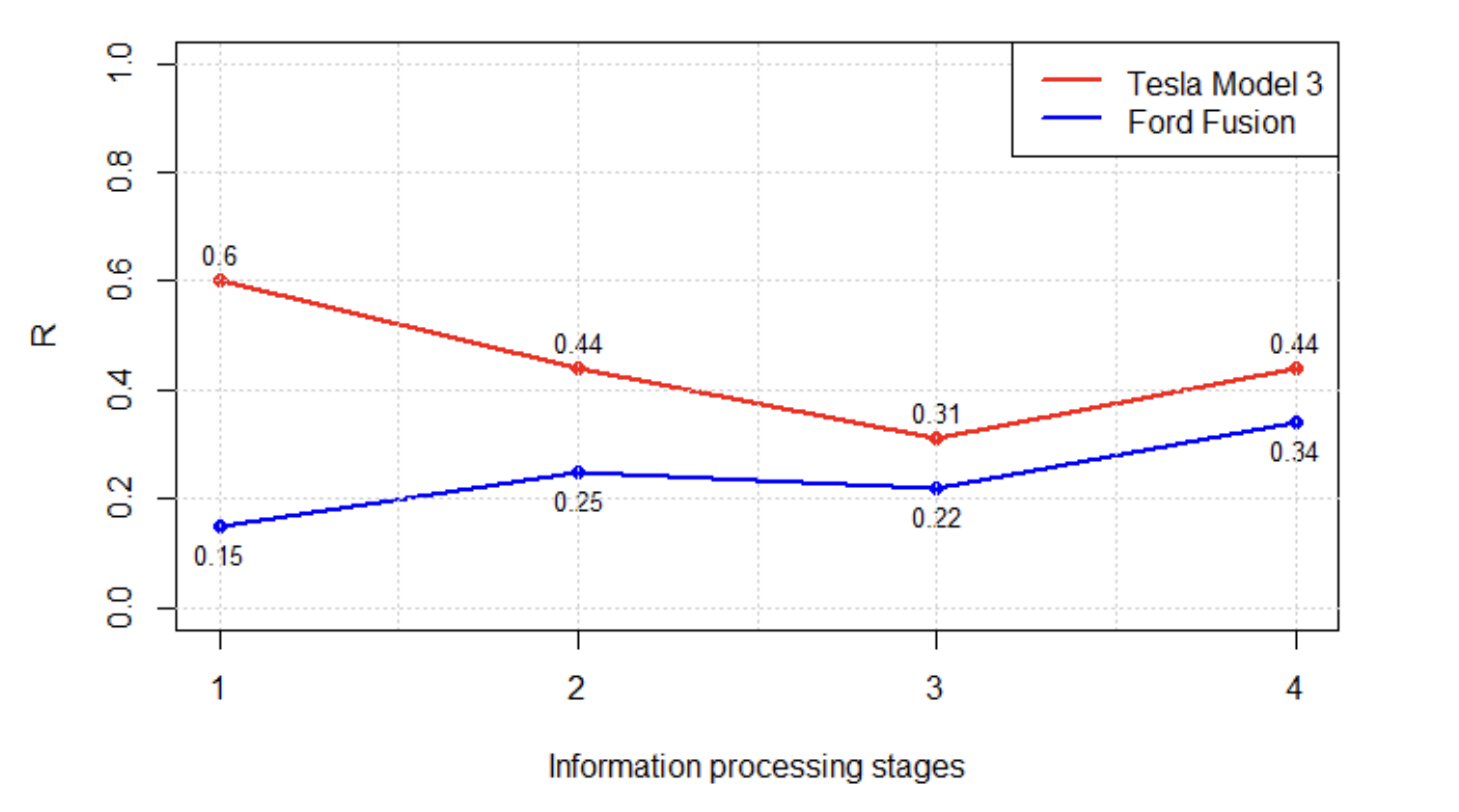1. Research on Automation Rate and Situation Awareness Responses
Dissertation Project
During the operation of automated systems, if a user cannot accurately understand the structure and function of automation of the system, it is likely that distrust or over-trust in the automation will occur. To address this research gap, my dissertation research developed a continuous “automation rate” function to quantify levels of automation in complex systems. In addition, I proposed a new relationship between the AR function and operator situation awareness responses, based on existing empirical research findings.
1.1 Project overview
Many taxonomies of levels of automation for human-in-the-loop systems have been presented in the literature; however, the discrete and ordinal nature of these references limits reliable prediction of operator performance when using various levels of automation. This research defines an “automation rate” to quantify the level of automation for human-in-the-loop systems. The automation rate is calculated as a weighted proportion of systems functions assigned to automation and/or joint human-automation control over the total number of system functions, including those assigned to a human operator.
In addition, this research proposes a new relationship between the system automation rate and operator situation awareness. Based on prior empirical research findings, it was observed that any model of situation awareness in the rate of system automation should account for the level of operator expertise, as well as their attitude towards the use of automation, and should have curve-linear characteristics. Through a model fitting exercise, based on prior meta-analysis results, we found that a scaled-exponential function with shift produced the greatest degree of fit with situation awareness responses. The result represents a hypothesis of the relation of complex system operator situation awareness with the new automation rate quotient.
To demonstrate the effectiveness of the automation rate model and properties of situation awareness response, a case study was conducted. The objects of this case included two types of vehicles with SAE Level 2 LOA, including the Ford Fusion and Tesla Model 3. Picture below visualizes the automation rate for each stage of information processing for each of the two vehicles [C4].

In order to verify the effectiveness of the automation rate model and its relationship with operator situation awareness, the following study will conduct a laboratory experiment to collect data on driver behavior and situation awareness responses to the use of various levels of vehicle automation applied to driving tasks using a high-fidelity driving simulator. The experiment will test multiple levels of automation ranging from manual control to automated control of both longitudinal and lateral vehicle position for effects on driver situation awareness in various roadway configurations. This data set will be used as a basis for testing the hypothesized relation of the new automation rate model to driver situation awareness responses.
1.2 Related paper
Submitted paper
[2]. Liu, Y. and Kaber, D. (2022). Models of automation rate in human-in-the-loop systems and operator situation awareness responses. Submitted to IEEE Transactions on Human-Machine Systems. Minor Revision (October 2023).
[C3]. Liu, Y. and Kaber, D. (2021). Quantitative models for automation rate and situation awareness response: A case study of levels of driving automation. IEEE International Conference on Human-Machine Systems, pp. 1-6.